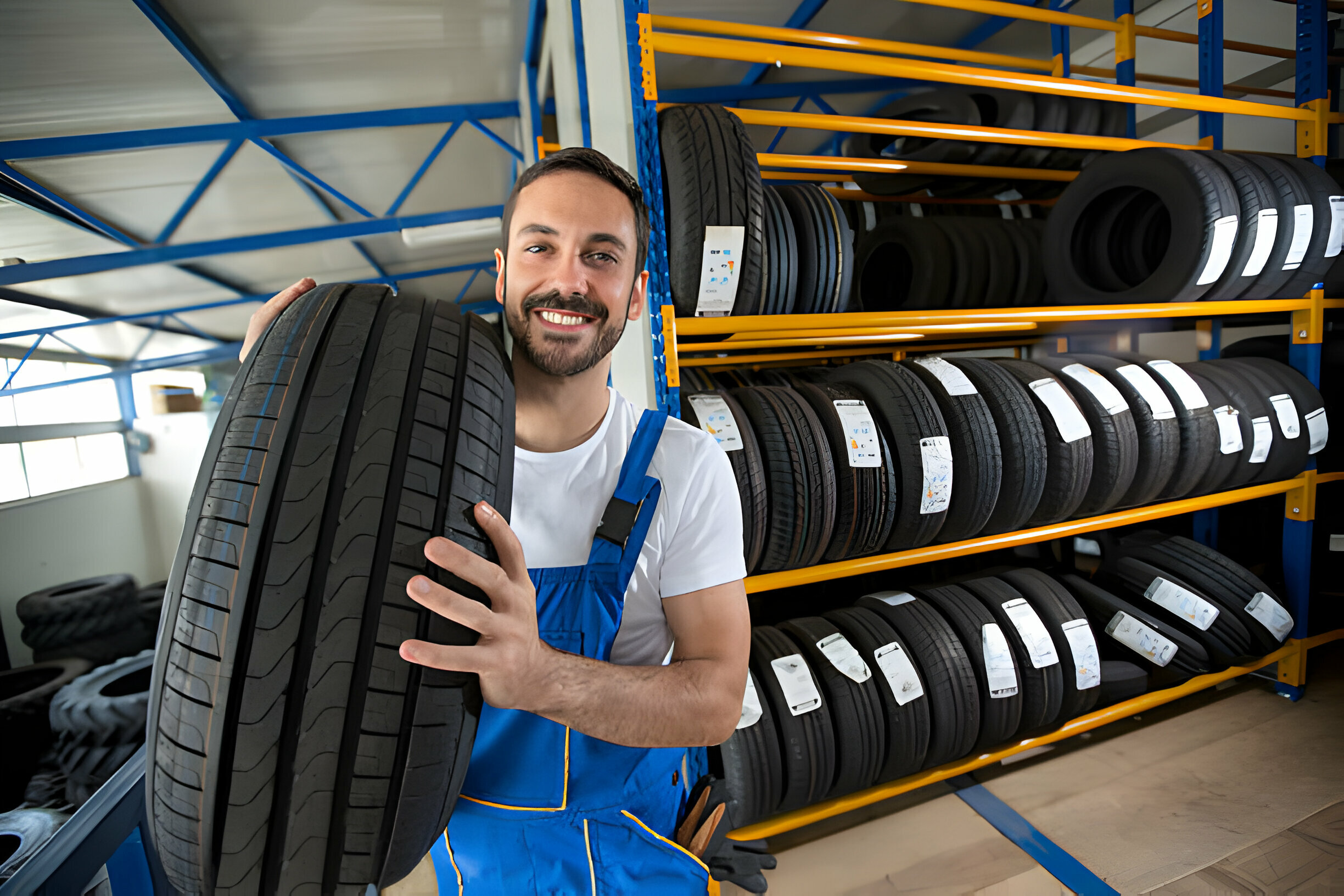
When running successful operations, most transport and logistic companies fail to realize the importance of tire safety. This is until they’re faced with heavy repair expenses and downtime.
Keeping the same in mind, this blog looks at the best commercial tire safety tips to keep your fleet safe. Let’s learn more about it in the following sections.
Commercial Tire Safety Tips to Keep Your Fleet Safer
Do you want to decrease accidents, assure fleet and driver safety, and lower repair and maintenance costs?
If yes, you should start with regular tire analysis. Regular check-ups and tire repairs in Atlanta allow you to prepare your fleet to face difficult situations and avoid accidents.
Here are some commercial tire tips to keep your fleet safer.
Check Pressure Regularly
Proper tire pressure is the first step toward keeping your tires healthy. Improper tire pressure impacts handling, braking, and even fuel efficiency. An underinflated tire can cause longer braking distances and slower response time. An underinflated tire also leads to increased fuel consumption.
The United States Department of Transportation discovered that under-inflated tires reduce gas economy by 2% for each psi reduction. If correctly managed, fleets may save around 2-3 cents per gallon by inflating tires to the proper pressure, which can mount up over time for big fleets.
Ensure your drivers check each tire’s pressure before and after every journey. To get the most accurate reading, check the pressure before it has heated up on the road or when it’s “cold.” However, if they ever encounter a severe need for repair, teach them to use their smartphones to search for a ‘24/7 tire shop near me.’
Inspect Tires For Damage
Have your drivers physically examine them for damage to ensure that your tires are prepared for lengthy hauls. Cracking, bulging, cuts, punctures, insufficient tread depth, and foreign objects are all signs of wear and tear.
The CSVA (Commercial Vehicle Safety Alliance) latest research suggests that 19% of examined trucks are out of service owing to tire and wheel issues. Inadequate tread depth is a typical reason for tires being out of service. A standard set of tires requires a minimum depth of 4/32 of an inch, whereas all other tires have a minimum depth of 2/32.
Provide Training For Your Drivers
Even if you make all necessary efforts to avoid tire failure, there are situations when it is unavoidable. Regular safety training helps guarantee that your drivers understand what to do in the case of a tire failure.
During training, teach your drivers what to look for during tire inspections and explain what is required to comply with tire rules. Provide drivers clear instructions for reporting tire concerns and arranging repairs at their nearest Atlanta tire repair shop. During onboarding and yearly training, ensure your drivers can access a TPMS or commercial-grade pressure and tread depth gauge.
Another valuable piece of equipment for your drivers is air hoses that connect to the truck’s air system, allowing them to add air to their tires when the pressure is low. Fleets may prevent unexpected tire troubles by educating their drivers properly.
Keep Up With Routine Maintenance
It is typically suggested for over-the-road vehicles to get serviced every 3000 miles. Ensure that your fleet does not skip routine inspections since mechanics can spot tire abnormalities that drivers may be unaware of.
Fleet managers should also consider installing platforms for doing diagnostic testing on cars. You can also collaborate with different providers of mobile tire repair in Atlanta to do the diagnostics and even plan maintenance with verified mechanics. Regular maintenance is a great way to keep your tires in good condition and the fleet operating smoothly.
Takeaway Tips to Create a Robust Safety System for Your Fleet
- Develop Safety Policies and KPIs
Creating precise safety regulations, standards, criteria, and KPIs is likely the first step in improving fleet safety. This will help drivers comprehend what is and isn’t considered safe on the job.
- Create a Safety Committee
This phase is dependent on the size of the firm. As a result, they might elect to establish a safety committee. This group will emphasize safety standards by enforcing the regulations that firms have created. The committee can even alter regulations and impose disciplinary penalties as appropriate.
- Rewards Good Drivers
Who does not enjoy a decent reward, right? Another strategy for improving fleet safety is to reward drivers for their performance. Appreciating exemplary driving conduct via incentives and bonuses is another technique to encourage it.
- Choose Vehicles and Drivers with Caution
When selecting or dispatching cars and drivers for journeys, it is critical to consider certain factors, such as vehicle size and path. The vehicle’s size may affect the delivery if the path is rough. Also, assess the driver’s ability to navigate difficult terrain.
A Rewarding System = Better Operations
Your fleet’s tire health is a crucial indicator of the success of your operations. Connecting your fleet to the nearest tire shop open 24 hours, inspecting them at regular intervals, and relying on used tires in Atlanta occasionally could be a great move to get the job done.
Lastly, remember that a rewarding system can be a great move to prepare your fleet for every road. Wait no more, connect with I&I Tire Service professionals who have you covered. All the best!
